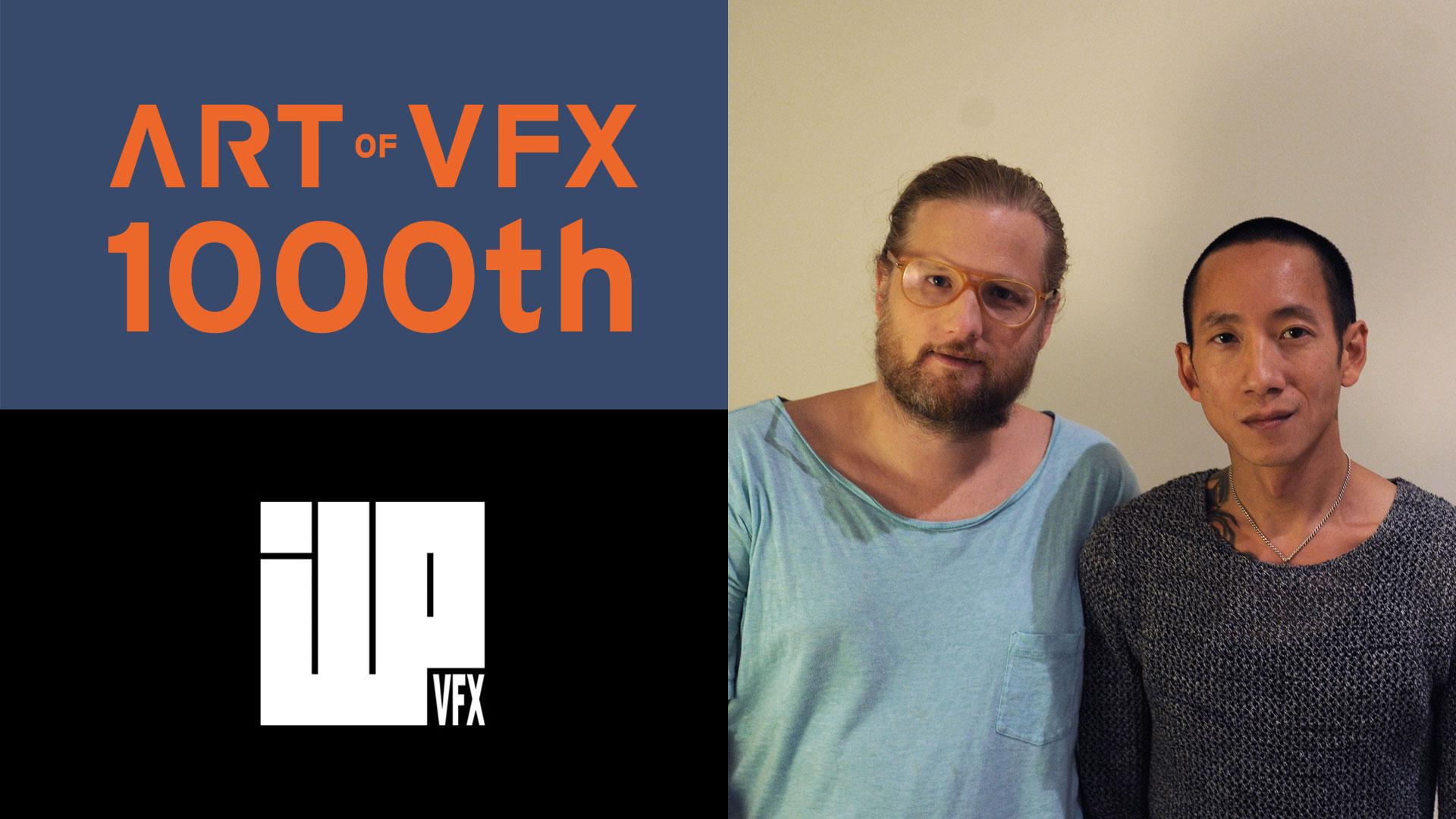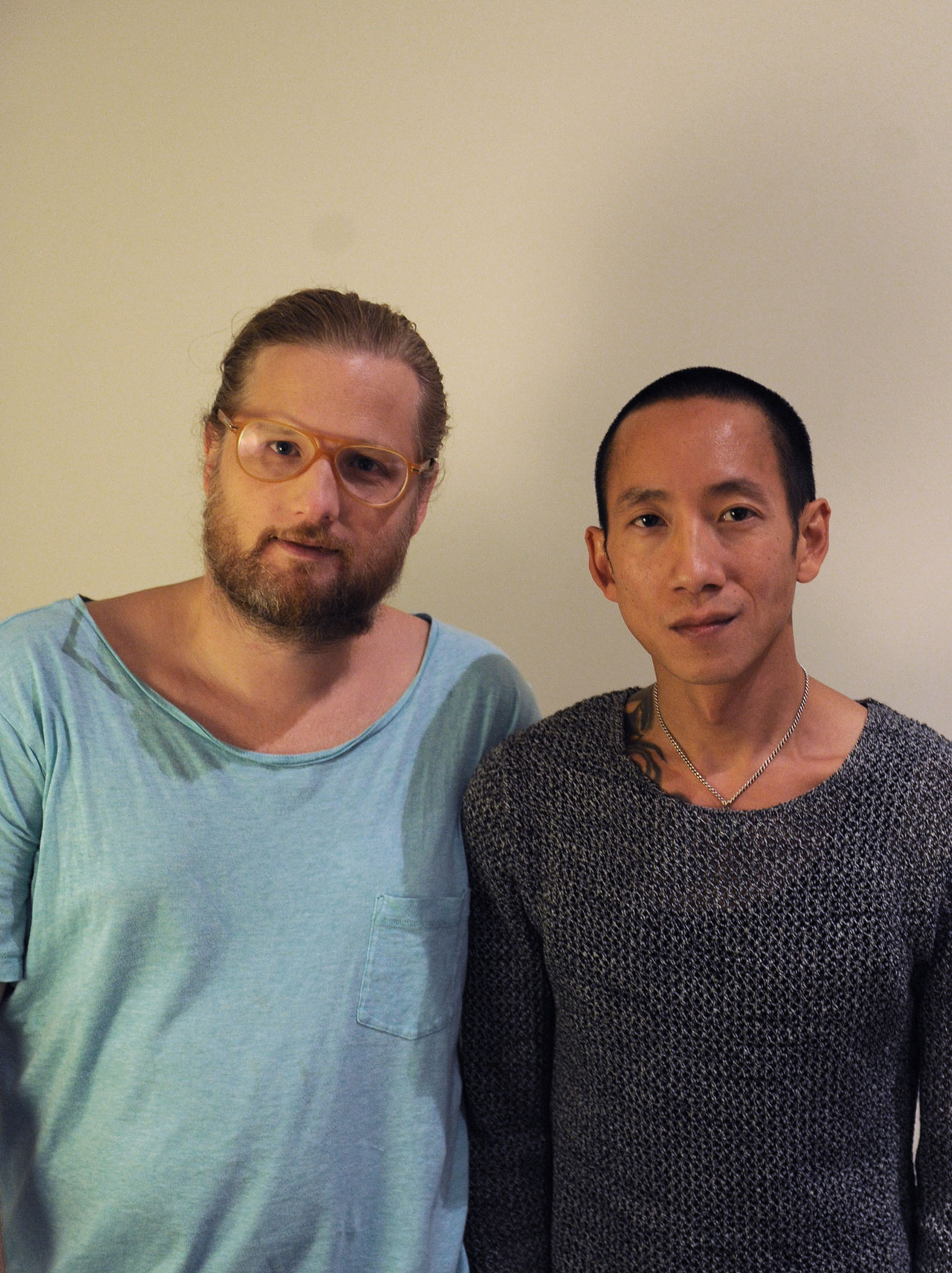Important Looking Pirates (ILP) is a visual effects and digital animation studio located in central Stockholm founded in 2007 by Niklas Jacobson, Yafei Wu, Carl Hermelin and Eric Hermelin. The studio has more than 200 artists and have worked on various movies (Jurassic World: Fallen Kingdom, Star Wars: The Rise of Skywalker) and series (Westworld, The Mandalorian) that brought them many VES and Emmy awards.
What was your first contact with visual effects?
Niklas // I have always been keen on using computers for Art. When I was around 7 years old I did ascii “rockets” in the prompt on my brother’s C64 and then spammed enter so it looked like it took off to the sky. Later I did frame by frame animation on my 386 PC using a super simple paint program. But it was not until my early teens when I saw the movie Terminator 2 and later Jurassic Park that my interest really ignited. I “got hold” of a copy of 3ds4 on “DOS” and my interest was born.
Yafei // Almost identically to Niklas, I started doing animated sprites on my Commodore (128!) and went over to DOS and 3ds in a totally legit way of course 🙂 But my real interest in VFX, or even understanding what it truly was didn’t come until much later. I bounced back and forth between technical, art and advertising schools before landing smack in the middle learning VR at Nackademin. This is also where me and Niklas met to go from classmates, friends to in the end co-founders and colleagues!
What made you want to work in this industry?
Niklas // I have always since a young age loved computer art as a hobby, where the early visual effects work made by ILM was my greatest inspiration. In my early twenties I stumbled upon an ad from a school that taught Virtual Reality and 3d graphics. I took the opportunity and I applied, and it was there that I met Yafei.
Yafei // Being able to create beautiful imagery with the blend of art and technology. Back in the day it was of course a bit more technical but still, the purpose for me was always to create something visually beautiful. I have always loved games and films but I think that the prospect of an actual day-to-day job where I’ll be utilizing both my technical and artistic skills was what pulled me in.
How did you decide to start your own studio?
Niklas // After school, Yafei and I worked together in the VFX commercial industry in Stockholm, and then later in London to take part in the blooming VFX industry there. Yafei continued with commercials at Glassworks, and I joined Double Negative (now DNEG) to work on such films as Batman Begins and Harry Potter. We stayed in London for two years, and as I headed home to my girlfriend, Yafei moved to Los Angeles to start a 3D department at the Santa Monica based post production company Brickyard VFX. During the summer of 2007 we met up in Stockholm and talked about doing something together. We both had gained a lot of experience during our time abroad and were inspired by how developed the industry was in the USA and England and we wanted to do work on the same level, but in our home town, close to family and friends.
From that point everything went really fast. In October 2007 we founded Important Looking Pirates with the vision to one day be able to compete with the best international studios. Our motto became “Passion, perfection and development” and from day one we put a lot of time and effort into R&D and pipeline work, something that we felt was lacking in the local VFX industry.
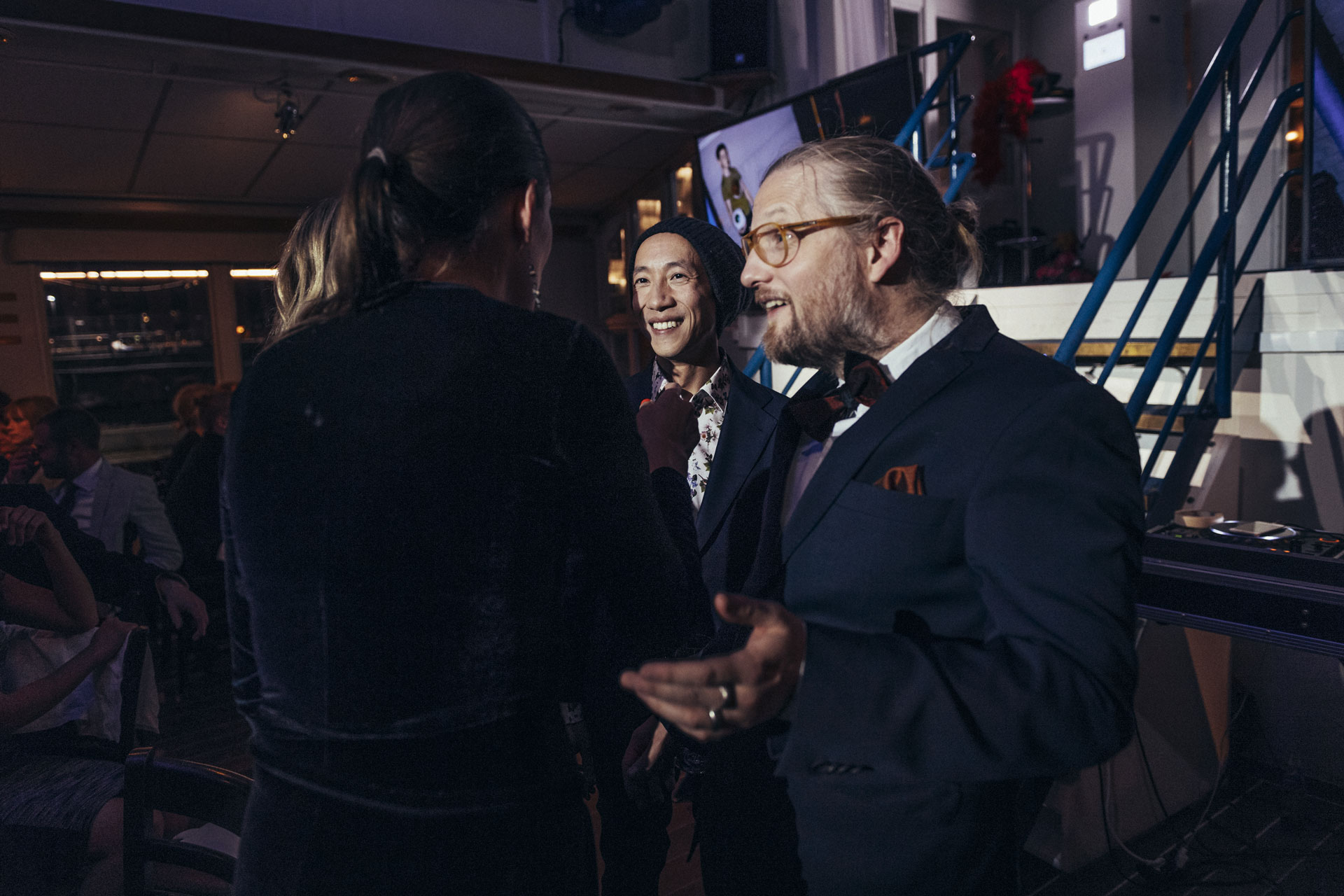
How did you find the name of your studio and what’s his meaning?
Niklas // We went through a lot of names when we were about to start the company. Figuring out a name that reflects you and your company is an exciting thing! Most of the names we explored were various nerd references to stuff we loved. Important Looking Pirates is a tribute to an old adventure game from the early 90’s; Monkey Island. You encounter a bunch of “Important Looking Pirates” in a bar in the opening of the game.
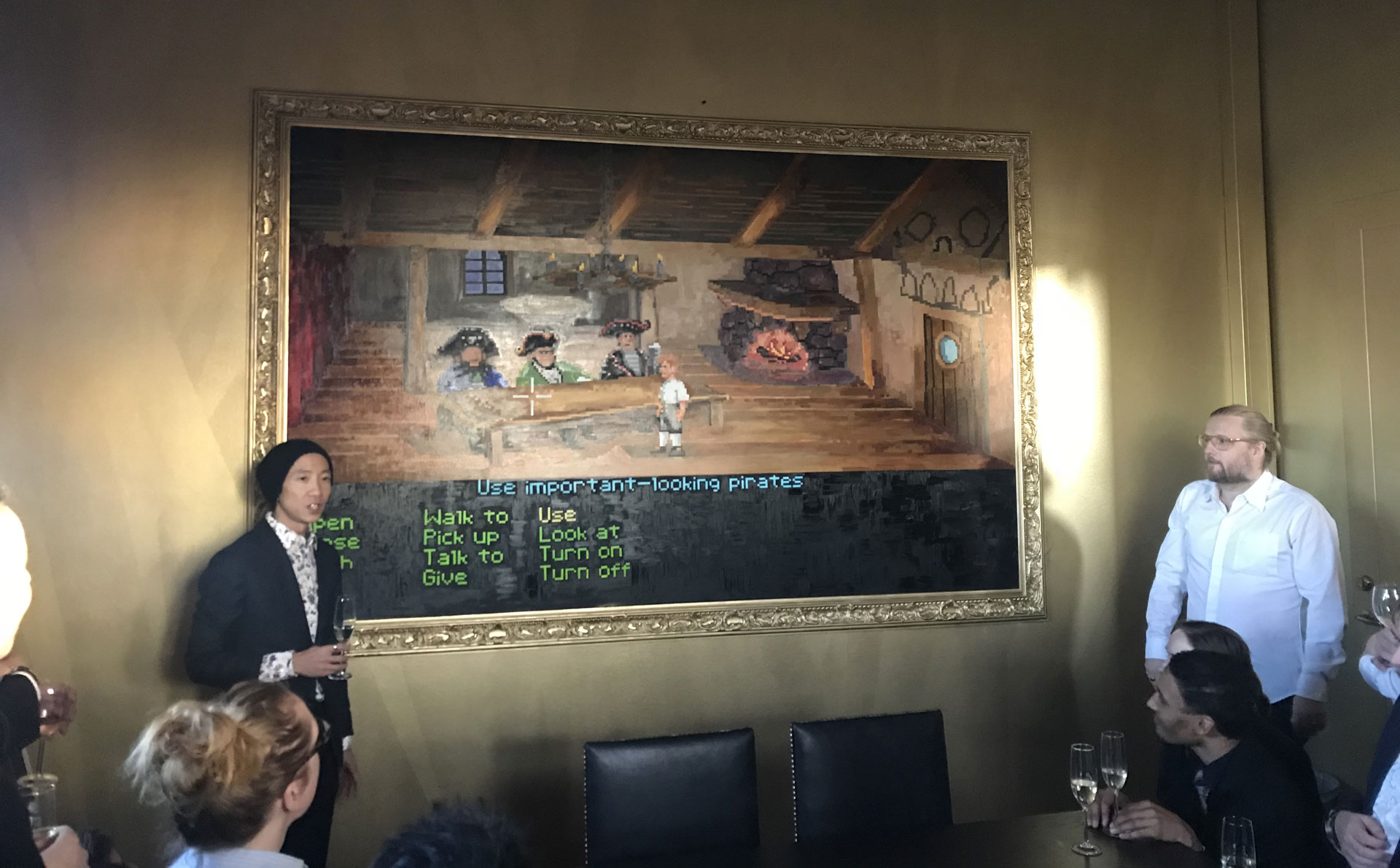
Can you elaborate about the collaboration with your co-founders?
Niklas // We were four people when we founded ILP. Yafei and I represented entrepreneurship and the Visual Effects experience. Carl Hermelin managed administration and Economy and Eric Hermelin was our developer and tech guy. It was a great synergy between us and I look back to the early days with fond memories. It was an exciting time starting with a blank canvas and pursuing wild dreams.
Can you tell us about the choice of Stockholm and the evolution of your studio?
Niklas // The reason we chose Stockholm was because we wanted to be close to family and friends. But we still wanted to do the same type of high end work we grew accustomed to during our time abroad. Since Yafei and I came from the artist side of things our focus for the company has always been on quality of work, the tools, the hardware and the work environment necessary to accomplish such work. At the time we founded ILP there was no “developed” visual effects industry in Stockholm. I guess that was both a blessing and a curse. A curse as in there was no established industry, tax incentives or huge talent pool to recruit from, but a blessing in that we became “the” Studio with the big vision and goals that attracted other artists and local talent. In hindsight, I like to see our development as three phases.
The first “5 years” was the build up phase. We developed most of our infrastructure, pipeline and recruited our core pirates. This was a very fun period where we all were young and everything felt possible, we worked and played hard, bonded and developed a great team spirit and culture. A lot of our values were cemented during these years.
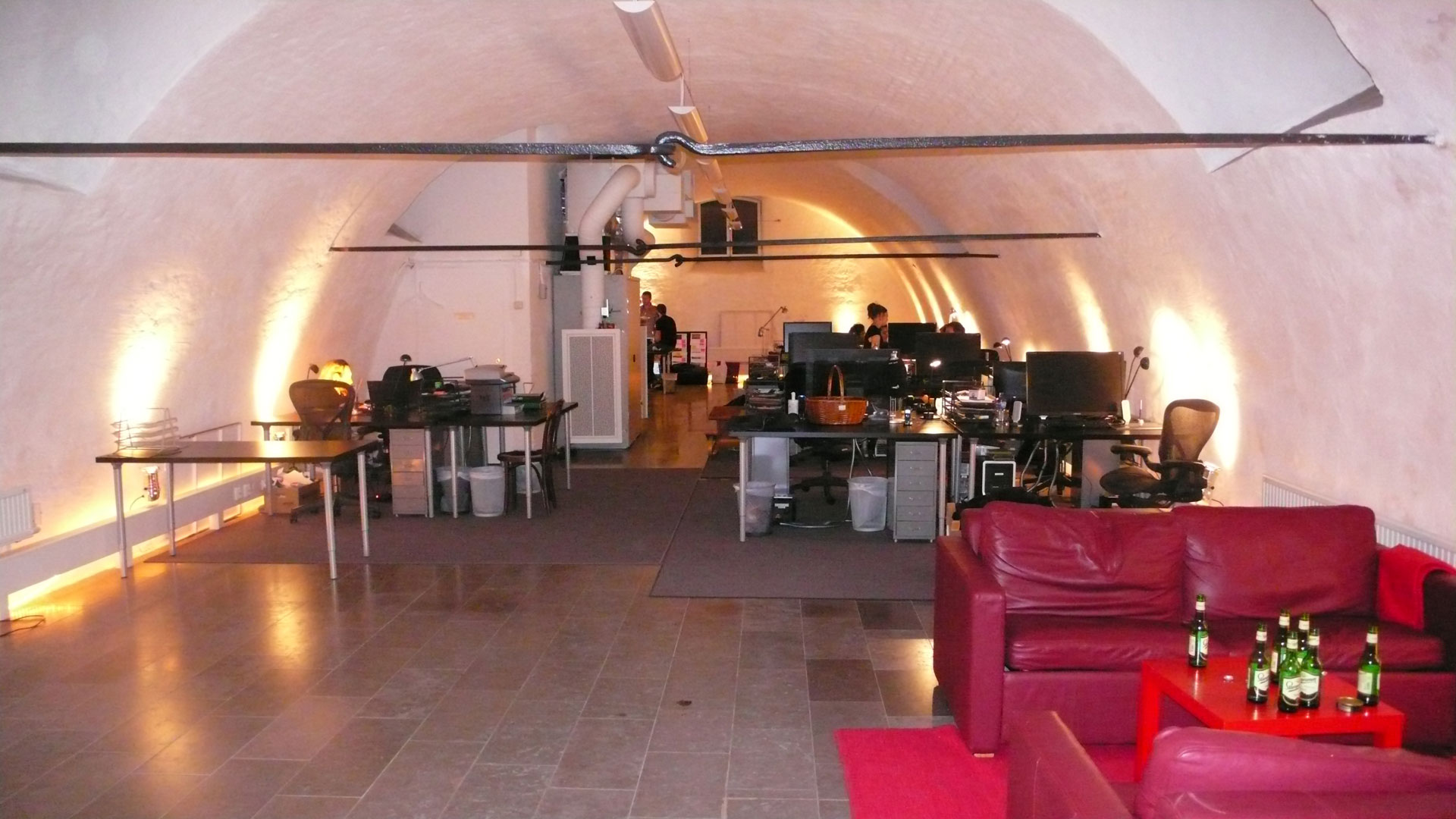
Phase 2 – The Breakthrough
The following 5 years were the “breakthrough” years. ILP went into phase two with a strong foundation. Our breakthrough came from our work on the Norwegian feature film “Kon-Tiki” about Legendary explorer Thor Heyerdahl’s epic crossing over the Pacific ocean in a balsa wood raft in 1947. We did a variety of VFX work including complex water simulations using Naiad but the work that caught people’s attention was our digital sharks. We posted a breakdown video of our work on Vimeo that got over a million views, and it put ILP on the international radar. This led to our second milestone of this phase, our relationship with Visual effects supervisor Kevin Blank. Kevin saw our work on Kon-Tiki, saw something in us and fought to bring us onboard the work on NBC’s TV pirate show Crossbones, a show he was supervising at the time. This was not an easy fight for Kevin as we were an “unknown” Swedish company with no track record in big scope television work. He managed to get us onboard the show, and our collaboration led to our first VES Awards nomination, and a long work- relationship that is still going strong. Kevin introduced us to the US television industry, and we owe a lot of gratitude and success to him. We kept working hard, pushing for quality, adapting our pipeline to large scale TV work and the following years led to more international work and more amazing relationships with new clients.
Phase 3 – the expansion
We were 60 people when we entered phase 3 and moved to a bigger office in the Central parts of Stockholm. The following years were focused on growth, stability and organizational structuring to mature into a mid-size studio. The growth was not driven by a hunt to increase profit, but rather to create a better foundation, organization and stability for our pirates. Sustainability has always been an important part of our core values, our staff is our most valued asset and we found that it requires a mid-sized company to sustain a solid overhead with great HR, R&D, TECH, IT and all of those support functions that makes production run smooth and efficient. In the bigger organization it is easier to cover for each other and create a better work life balance. We have now reached 200 Pirates, which we feel is a great place to be for a mid-size VFX company.
Can you explain us the pipeline and the workflow of your studio?
Niklas // We have always embraced R&D, pipeline work, development of workflows and processes as a crucial part of our philosophy to improve the way we do things. We value the process of how something has been made as much as the final result. We try to challenge conventions and are not afraid of putting resources and time into proprietary development if we cannot find the right commercial tools to solve obstacles we consider a problem.
This has led to a fair amount of proprietary software and tools that have been created for different reasons; our own Resource management tool “Crowsnest” and a render manager “Monster” to name a few. We were one of the first companies in the world to adopt Naiad as a fluids solver and we did the first commercial ever broadcast using Naiad for liquid simulations. Naiad also led us to develop a proprietary volumetric renderer called “Tempest”, that we used back in the days to meet the need for speed while rendering effects like smoke and fire. During our years we have used many different render engines such as V-RAY, Renderman, Clarisse. Today we use Arnold as our primary render engine. We keep a close eye on the market and try to regularly evaluate softwares that we find intriguing to stay on top of new software development.
We currently use Shotgrid as a base for project management, but a lot of customization has been made to incorporate it to fit our workflow and pipeline. Among the « off the shelves » software that we use we find Maya and Houdini as our main 3D softwares. Maya is a good multi tool where you can do a wide variety of work and is our primary package for animation. Houdini is our scene assembly, Light, Render and FX package and we use Foundry’s Nuke for compositing and Z-Brush, Mudbox and Mari for sculpting and texturing.
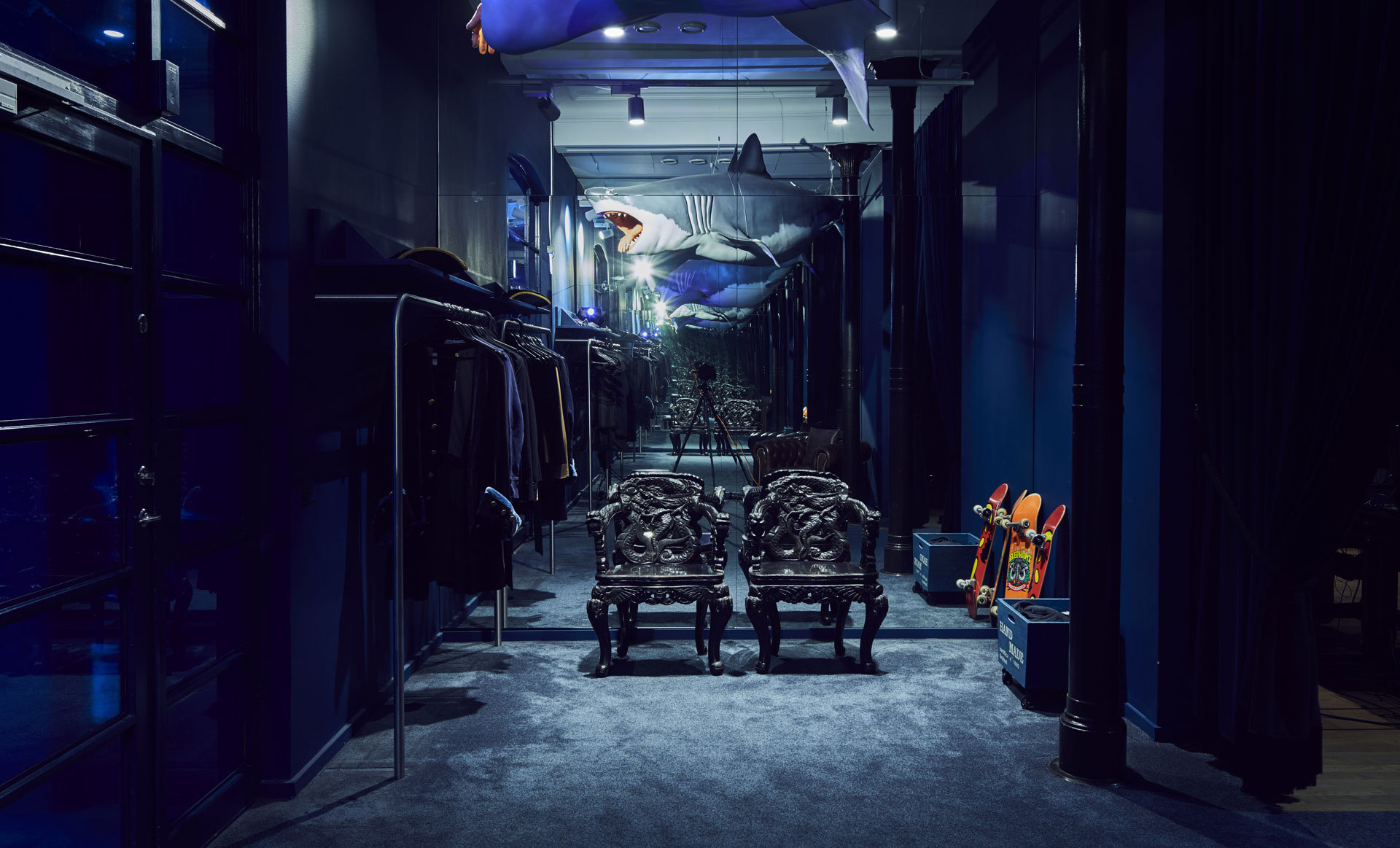
How did you face the huge challenge of Covid?
Niklas // It was a huge change that happened almost overnight. Luckily we had already migrated to a Teradici workflow prior to Covid, so our infrastructure was already in place offsite. Our IT and Tech teams did a tremendous effort and an insanely great job in handling the transition (and the time that followed). We sent everyone home and pulled the plug at the end of the day Friday and were back in business remotely Monday morning. We thought we were going to WFH for two weeks, but obviously that turned out to be two years with countless challenges on the way where we all needed to invent new ways to work and communicate. There was also a silver lining in all this hardship, our clients opening up allowing remote work enabled us to recruit from all across Europe as you were not required to move to Sweden. This enabled us to meet and work with a lot of new amazing people!
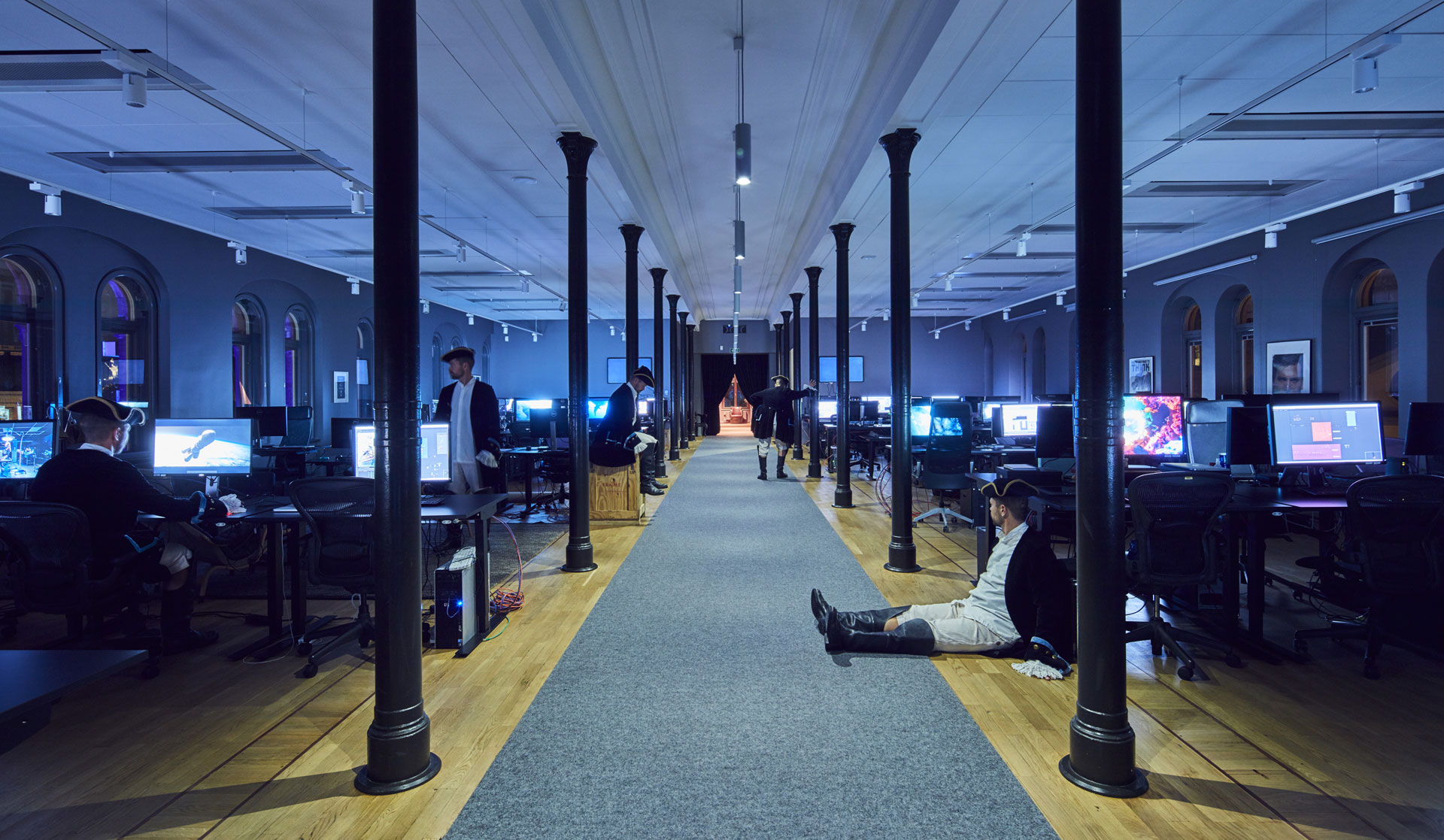
With this particular situation, how did you integrate young artists?
Niklas // A lot of fantastic work was done by our Heads of departments, Workplace managers and HR during these challenging times. We tried to maintain sanity and our culture by coming up with various happenings, town halls and events that could be performed remotely to bond and connect. For example, we sent ingredients for a meal home to all pirates, then we invited a Swedish Top Chef to teach 4 Pirates volunteers in the office to cook a meal. This was live streamed so everyone could cook along, and chat in the livestream.
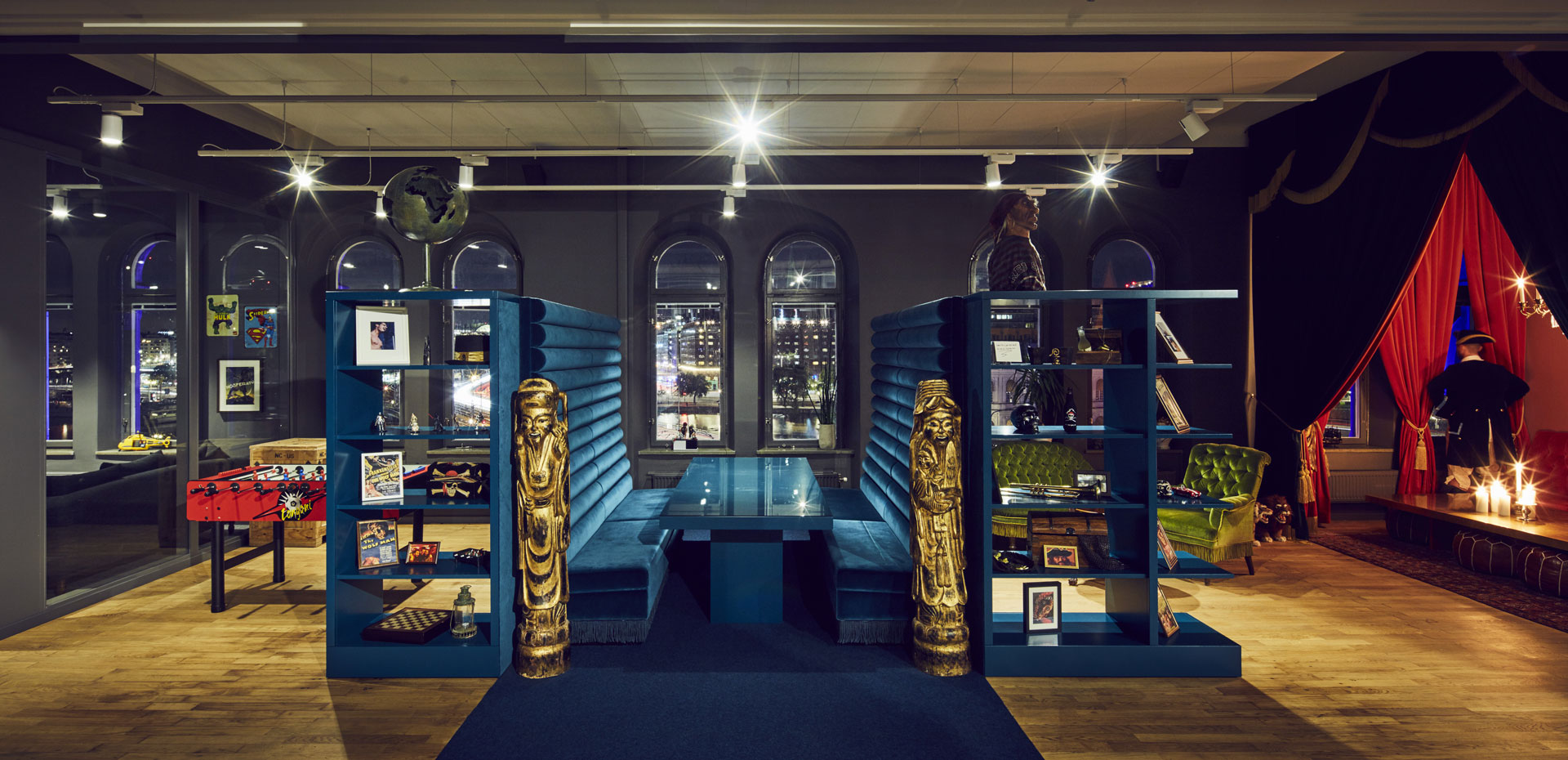
What do you think are the next big steps for VFX?
Niklas // We see a lot of exciting developments in machine learning and AI and real time rendering. I think a lot of new exciting tools will spring out of this, and I am not concerned about it taking our jobs, but rather enabling us to be even more creative and achieve greater work!
What was the most surprising comment you have received from a client?
Niklas // Damn, that is a very hard question. I’ve been in the business for quite some time now, so I have heard a lot! One of the sweeter ones was “We have some more money, are there any shots you want to revisit, improve or any other cool ideas of new shots you can think of that would enhance the sequence?” That kind of creative opportunity, collaboration and transparency from clients are rare and extremely inspiring!
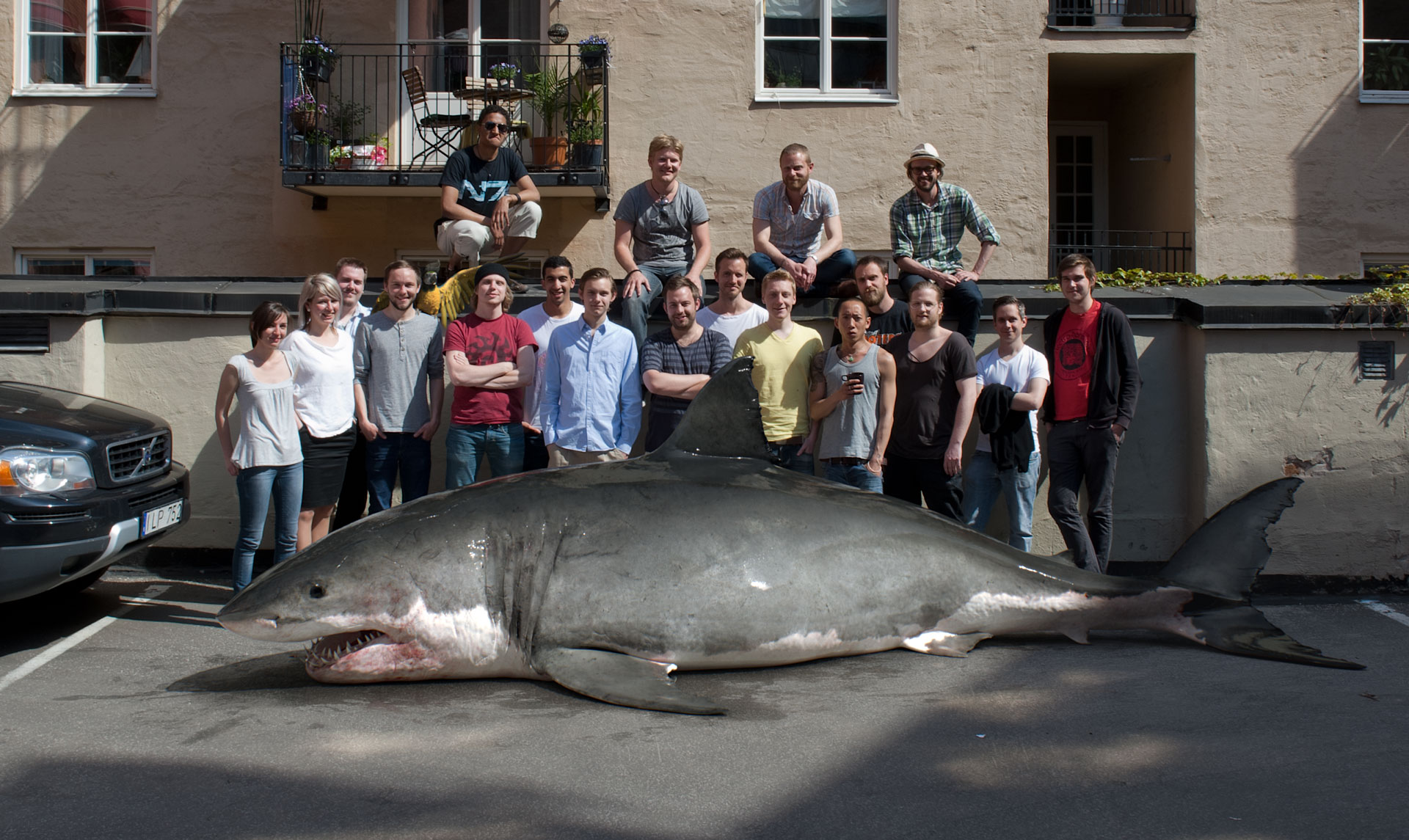
What do you like the most about VFX?
Niklas // I love art, stories and beautiful pictures! And Visual Effects plays such a defining role in many of the awe inspiring moments and memorable experiences when I think back on Iconic movies, TV-show or even music Videos and Commercials. It’s also very collaborative and team oriented. It is really satisfying to accomplish cool stuff together with other people!
What is your best memory on a shoot and during post production?
Niklas // I had the fortune to visit one of the sets of Batman Begins back in 2004 when I was working at Double Negative. Production had constructed a part of Gotham City in a massive airship hangar in Bedfordshire in the East of England. I stood on top of the roof on a sixth floor 1:1 scale building, looking out over a block of Gotham city and marveled over the amount of work that goes into the movies we love so much to see!
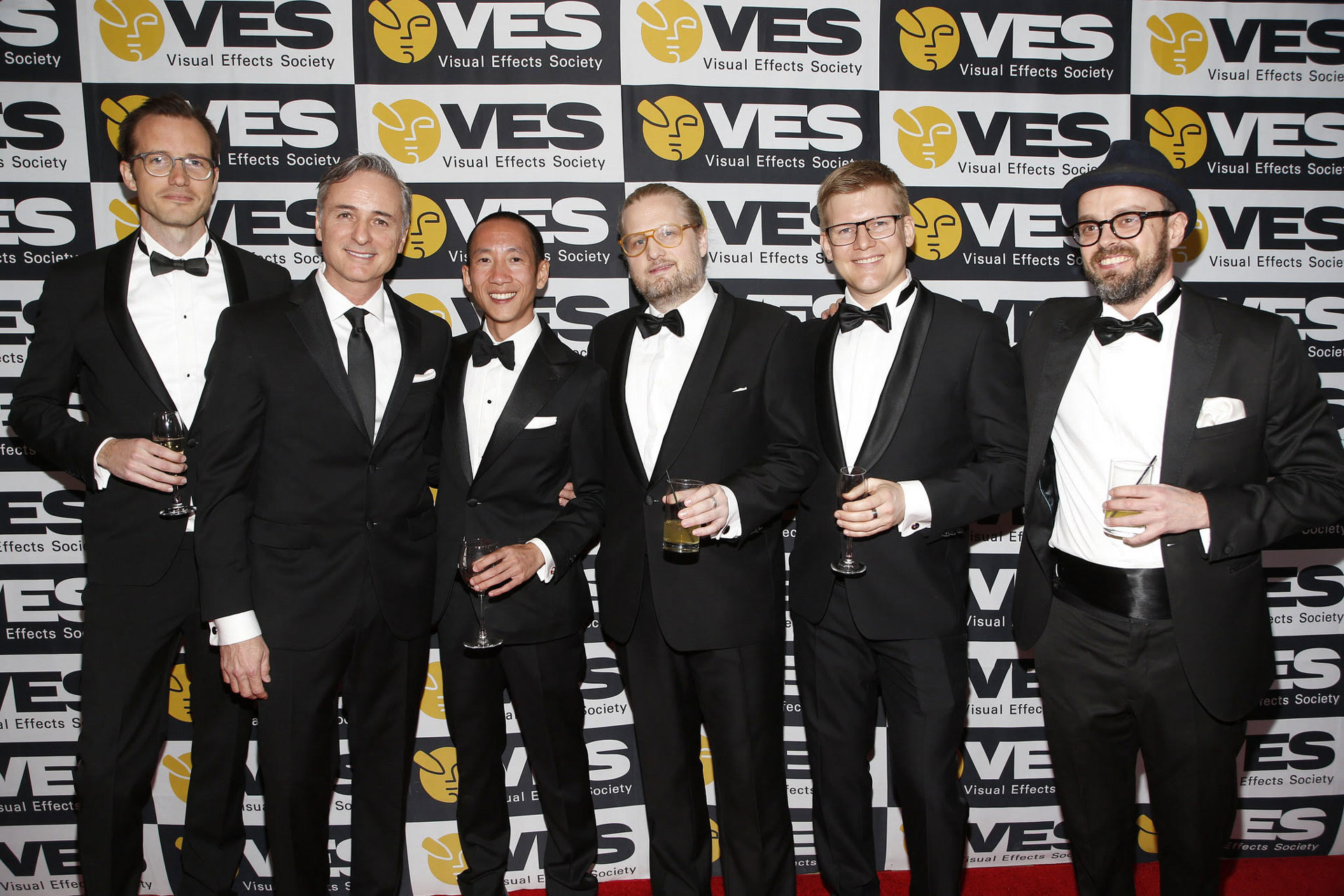
What is your favorite shot or sequence ever?
Niklas // I have so many favorite visual effects sequences and shots! If I disregard the epic work in T2 and Jurassic Park I’ll have to go with the crowd of bugs in Starship Troopers! That was a crazy achievement at the time! Another iconic one is Gollum’s monologue with himself in Lord of the Rings: The Two Towers. That was for me a game changer in character work in film.
Yafei // If we’re talking about things not done by ILP then it’s the first time you see Bumblebee transform in Transformers. I know, it’s not one of the classics but it’s stuck in my mind and eyes. I’ve rewatched that scene so many times and it still gives me goosebumps! I mean it’s a robot transforming into a car in such a smooth, effortless and still believable way, that’s just cool.
From the things ILP has done I’m first going to have to answer with the classic: It’s soooo hard! So I’m going to cheat on this question and just mention a few favorites: Closeup shark in The Shallows, robo-boy and robo-Rachel in “Westworld s1”, T-rex in “Jurassic World – Fallen Kingdom” and slow-mo chicken in “Far Cry 6 – Chicarron Run” 🙂
What is the dream project you would like to work on?
Niklas // It feels like I’m already living my dream! We have had the fortune to work on so many iconic show “franchises” like Jurassic World and Star Wars, Game of Thrones, Stranger Things. But If I could pick more, It would be amazing to work on the Alien franchise, Avatar and Love, Death & Robots!
A big thanks for your time.
// Important Looking Pirates – Showreel 2020
© Vincent Frei – The Art of VFX – 2022


